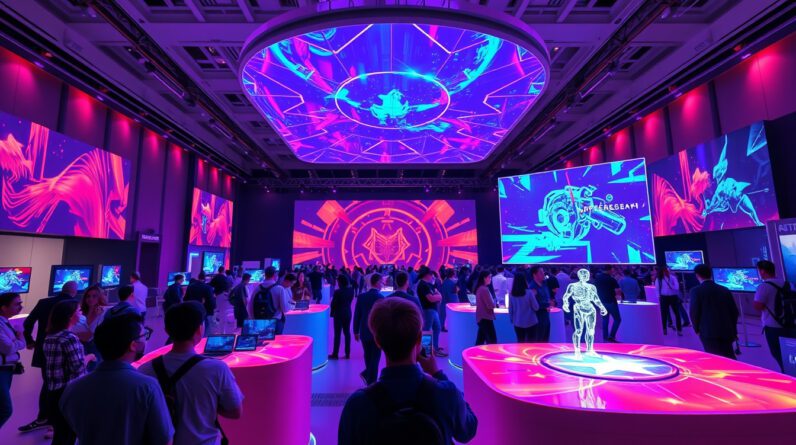
In today’s fast-paced and rapidly evolving tech landscape, artificial intelligence (AI) has emerged as a crucial component driving innovation across various industries. Samsung, once a titan in consumer electronics, now finds itself at a critical juncture in the AI realm. With fierce competition from key players like Nvidia and SK hynix, Samsung’s recent challenges have prompted a sobering realization: without effective innovation and swift adaptation, the company risks losing its competitive edge. This article delves into the current hurdles Samsung faces in AI development, outlines potential strategies for innovation and adaptation, and examines what this means for its future in a technology-driven world.

Takeaways
- Samsung must adopt a ‘do-or-die’ mindset to thrive in the AI sector.
- The company is struggling to compete with Nvidia and SK hynix in the high-bandwidth memory market.
- Innovation and quick adaptation are crucial for Samsung to maintain its competitive edge in a rapidly evolving tech landscape.
Current Challenges Facing Samsung in AI Development
As Samsung navigates the highly competitive landscape of artificial intelligence (AI) development, it is increasingly clear that the company is confronting several significant challenges. At the forefront is the pressing need to match the pace of innovation set by industry leaders such as Nvidia, particularly in the realm of high-bandwidth memory, which has become crucial for AI applications. With SK hynix emerging as a primary supplier for Nvidia, Samsung risks falling behind if it cannot enhance its own capabilities in this sector. This ‘do-or-die’ mindset is essential for Samsung to maintain its competitive edge and meet the growing demands of the market. The company’s ability to innovate and quickly adapt to these challenges will determine its relevance in a landscape where AI technologies are advancing at an unprecedented rate. In summary, Samsung’s future in AI hinges on its agility in overcoming these obstacles and spearheading advancements that align with current technological trends.
Strategies for Innovation and Adaptation in a Competitive Landscape
To rise to the challenge, Samsung must embrace a multifaceted approach to innovation and adaptation. This involves investing heavily in research and development (R&D) to push the boundaries of AI technology and harnessing cutting-edge methodologies, such as collaborative partnerships and open innovation. By forging strategic alliances with startups and academic institutions, Samsung can tap into fresh ideas and insights that could fuel breakthrough developments. Furthermore, implementing agile project management techniques will enable the company to respond more swiftly to market changes and consumer demands. It is also critical for Samsung to prioritize talent acquisition, focusing on attracting top-tier professionals in the fields of machine learning and AI, thereby enhancing its team’s expertise and fostering an environment ripe for innovation. Ultimately, these strategies will not only help Samsung catch up with rivals but also position the company as a forward-thinking leader in the ever-evolving landscape of artificial intelligence.




